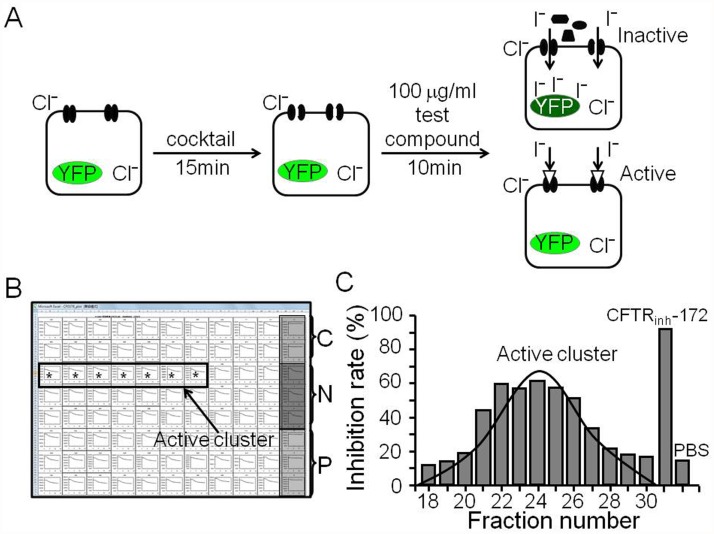Fig 1. Inhibition of CFTR Cl¯ channels by fractions from Rhodiola kirilowii (Regel) Maxim.
A. Principle of cell-based fluorescence assay. FRT cells stably co-transfected with human CFTR and YFP-H148Q were prestimulated with a cocktail (5 μM FSK, 100 μM IBMX and 25 μM GEN) for 10 min before addition of a test sample to final concentration of 100 μg/ml. CFTR-mediated I¯ influx was measured from the kinetics of decreasing YFP-H148Q fluorescence in response to addition of I¯ solution. B. Time-course fluorescence data from a 96-well microplate of CFTR-expressing FRT cells. Controls (C: PBS; N: cocktail; P: cocktail plus 20 μM CFTRinh-172) are shown on the right. Asterisk show wells with decreased I¯ influx (representing CFTR inhibition). C. % inhibition rate of the active wells indicated Gaussian distributions of the active sites.

